When it comes to purchasing a new television, longevity is a crucial factor that consumers consider. Hisense TVs garner attention for their competitive pricing and advanced features, leading many potential buyers to inquire about their durability. Typically, with daily use, Hisense TVs have a good lifespan of 7-9 years. This estimate aligns with the industry average, keeping in mind that the lifespan can be influenced by various factors such as usage patterns, maintenance, and model specifications.
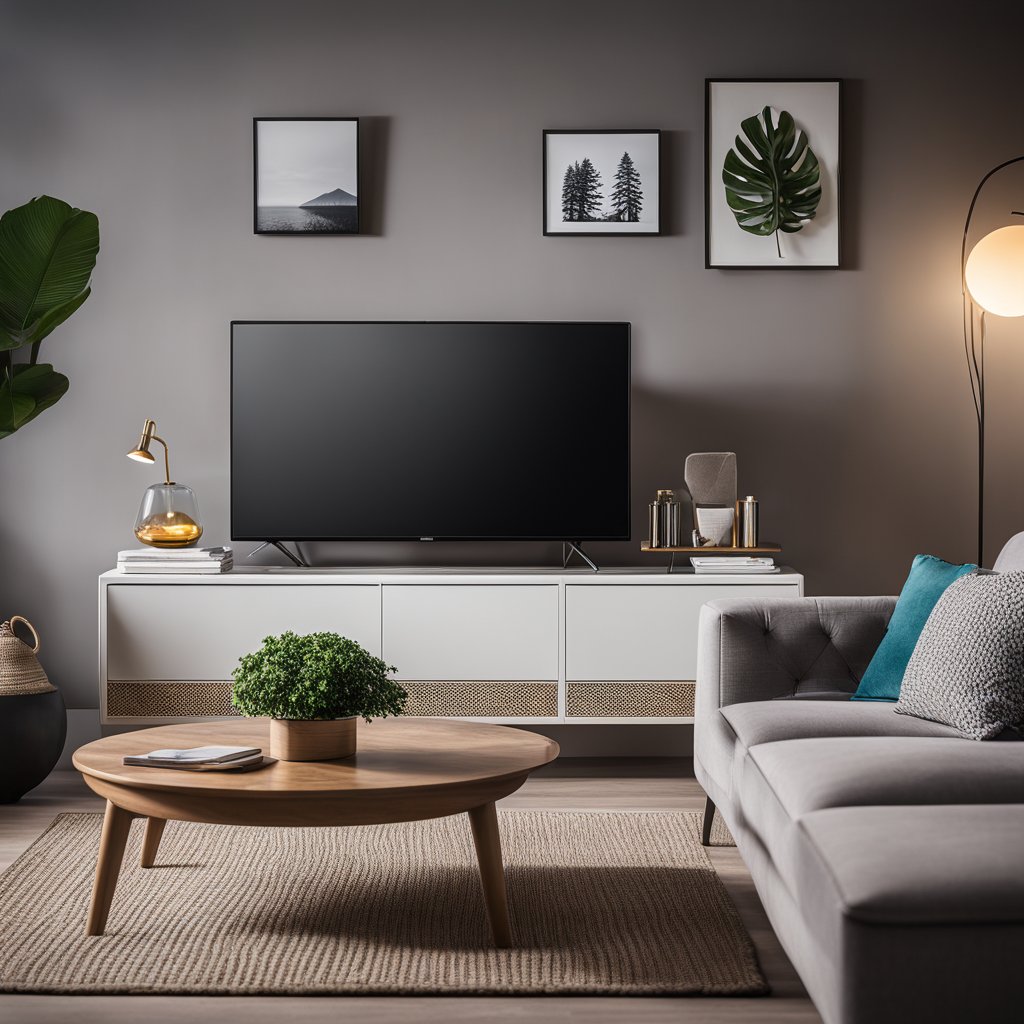
The longevity of a Hisense TV can be maximized through proper care, such as turning the TV off for several hours each day to prevent overheating. Consumers should also be aware that as with any technology, advancements in features and hardware may encourage more frequent upgrades. However, this does not necessarily reflect the actual service life of the device. The average age at which a TV is replaced is about 6.6 years, which may be more indicative of evolving consumer demands than the lifespan of the television itself.
Actual user experiences can also offer insight into the reliability of Hisense TVs over the years. Discussions and testimonials from real users highlight that many individuals have Hisense TVs that remain functional and satisfactory well beyond their purchase date, with some older models continuing to perform after several years of use. Thus, while the brand’s quality and longevity are generally regarded as competitive within its price segment, individual experiences may vary. This makes it important for consumers to consider both the brand’s estimates and the diverse user experiences when evaluating a Hisense TV’s potential longevity.
Average Lifespan of Hisense TVs
When consumers invest in a Hisense TV, they can typically expect a lifespan ranging from 7 to 9 years of daily use. This is under the assumption that the television is given periods of rest to prevent overheating, which can affect longevity. The actual lifespan can vary based on several factors such as usage habits, maintenance, and model specifications.
For instance, allowing the Hisense TV to cool down by turning it off for about 4-6 hours daily is recommended to preserve the screen’s quality and functionality. Additionally, maintaining reasonable brightness levels and avoiding excessive use can contribute to the television’s durability.
Usage Patterns and Maintenance:
- 4-6 hours of rest per day suggested
- Moderate brightness settings preferred
- Regular maintenance can extend lifespan
It has been observed that those who take diligent care of their Hisense smart TVs may enjoy a longevity of 6-8 years. It is important to consider individual usage patterns as the more hours a TV operates per day, the shorter its expected lifetime may be.
Longevity Estimates by Usage:
- Heavy usage: less than 6 years
- Moderate usage: 6-8 years
- Light usage: Up to 9 years or more
Remember, proper care and handling are essential to maximize the lifespan of a Hisense TV. Users are encouraged to refer to the manufacturer’s guidelines for optimal operation and care practices.
Factors Affecting Hisense TV Longevity
Several factors influence the lifespan of Hisense televisions, including how they are used, their model and build quality, technological advancements, and how well they are maintained.
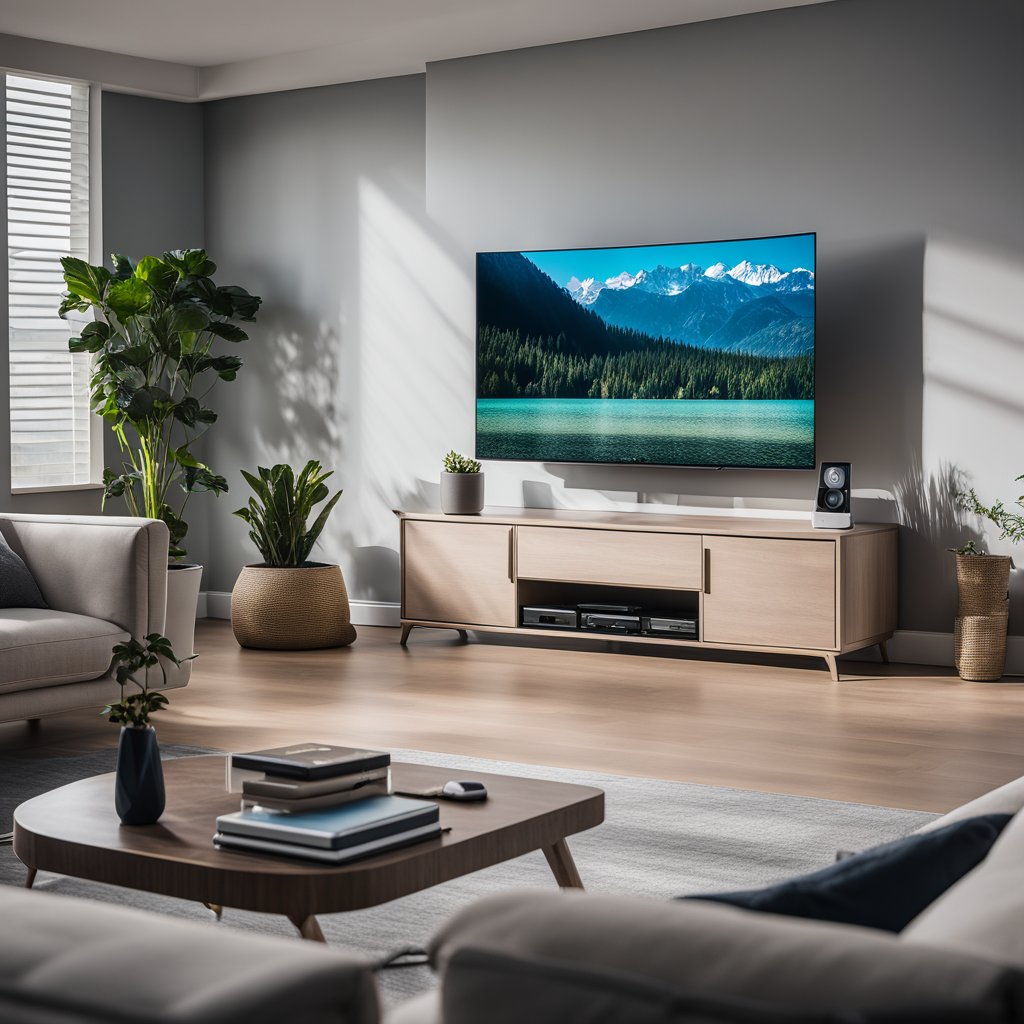
Usage Patterns
The longevity of Hisense TVs can significantly be affected by how often and how long they are used. Televisions used for several hours daily without a break may not last as long as those used less frequently. For instance, it’s suggested that allowing the screen to cool down by turning off the television for at least 4-6 hours a day could extend its lifespan.
Model and Build Quality
The model of the Hisense TV and its build quality are crucial factors in determining its durability. Higher-end models typically incorporate superior materials and craftsmanship, which can translate to a longer useful life. Some Hisense models are reported to have life expectancies of up to 10 years, provided they are well cared for.
Technological Advancements
Advancements in technology can both positively and negatively impact the longevity of a TV. On one hand, newer TVs may have more durable components. On the other, rapid technological obsolescence can make older models seem outdated faster, potentially shortening their perceived lifespan even if they continue to function properly.
Maintenance and Care
Proper maintenance and care are vital for maximizing the life expectancy of a Hisense TV. Keeping the television clean, ensuring proper ventilation to avoid overheating, and avoiding excessive brightness settings can help preserve the TV’s components, thus extending its lifespan.
Enhancing Durability of Your Hisense TV
Maximizing the lifespan of a Hisense TV involves key practices such as proper installation, maintaining an optimal environment, and committing to regular maintenance.
Proper Installation
Ensure the TV is installed on a stable surface or mounted securely to avoid accidental knocks and falls. It’s critical that airflow isn’t obstructed to prevent overheating.
Environmental Considerations
The ambient conditions can significantly affect a TV’s longevity. Hisense TVs perform best in a space that is free of excess humidity and dust. Additionally, avoiding direct sunlight can protect the screen from premature aging.
Routine Maintenance
Regular maintenance, including dusting the TV and inspecting cables for wear and tear, is important for continued function. A simple act like powering down the TV daily can enhance its longevity significantly by preventing long-term heat stress.
Signs of Deterioration in Hisense TVs
Hisense TVs, like any electronic device, exhibit certain symptoms when they are approaching the end of their lifespan. This section examines common issues that indicate deterioration.
Image Quality Degradation
When the image quality begins to deteriorate, Hisense TVs might show a decline in picture brightness and clarity. One may notice:
- Color Fading: Colors appearing less vibrant than they used to be.
- Dimming: The screen gradually losing luminosity, especially in LED models.
Sound Issues
Sound problems in Hisense TVs can manifest as:
- Distortion: The audio becomes fuzzy or unclear at certain volumes.
- Volume Fluctuations: Inconsistent volume levels, which can randomly increase or decrease without user input.
Power and Connectivity Problems
Deteriorating Hisense TVs may face power and connectivity issues:
- Power Cycling: The TV turns off and on by itself, indicating potential power supply problems.
- HDMI/Input Failures: Difficulty recognizing or maintaining connection to external devices through HDMI inputs.
Warranty and Support for Hisense TVs
When purchasing a Hisense TV, consumers can be reassured by a standard warranty period that typically covers parts and labor costs for up to 12 months. This warranty includes repair or replacement services if the product fails under normal operating conditions. For more details on what the warranty covers, one can refer to the official Hisense warranty policy.
Customer support is an important aspect of the post-purchase experience. Hisense offers a support line that operates Monday to Friday from 9 a.m. to 9 p.m. EST, and Saturday to Sunday from 9 a.m. to 6 p.m. EST. This enables customers to resolve any issues promptly. For further assistance, customers may also contact support via email or visit the company’s website.
In addition to the standard warranty, it is worth noting that Hisense builds its TVs with an expected lifespan of 5 to 10 years. However, longevity can be significantly impacted by usage patterns and adherence to proper maintenance.
To enhance support, Hisense TVs purchased in certain scenarios may qualify for on-site service. The decision to provide this service resides with Hisense and is determined on a case-by-case basis. Customers can find out if their product is eligible for such services through Hisense’s support channels.
Hisense aims to combine reliable products with accessible support, striving to deliver a satisfactory customer experience throughout the lifespan of its TVs.
Consumer Reports and Reviews
Hisense TVs are discussed often in consumer reports and reviews, where durability and reliability are frequently evaluated. These assessments provide a picture of long-term satisfaction and product longevity based on user experiences and expert testing.
User Feedback
Users generally find that Hisense TVs offer a good lifespan of 7-9 years when used daily. Hisense owners highlight the importance of allowing the TV to cool down, recommending it be turned off for a few hours each day. The TV’s durability seems contingent on regular care and moderate use. For a more detailed understanding of how individuals use and maintain their Hisense TVs, peruse experiences narrated on ConsumerAffairs.
Reddit Reviews
Review 1
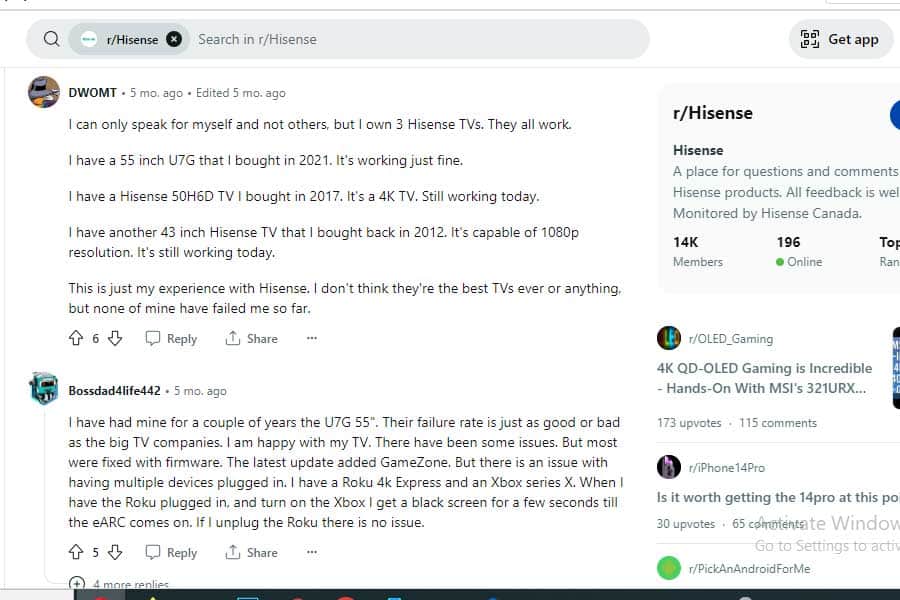
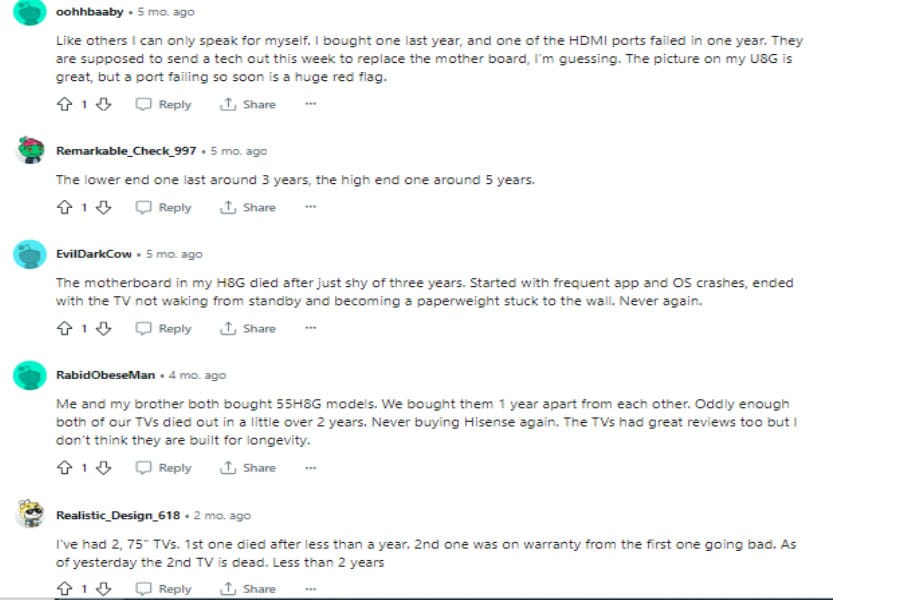
Review 3
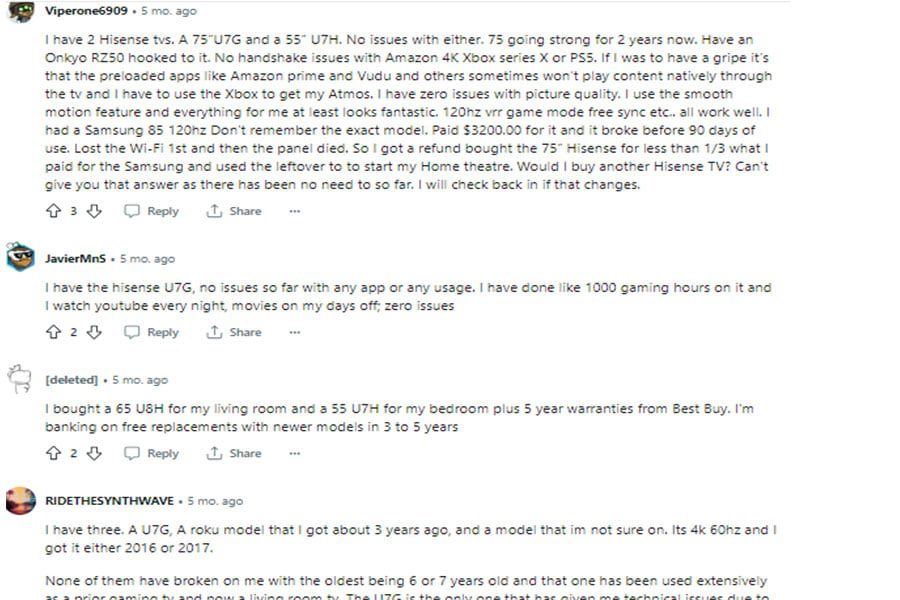
Expert Analysis
Expert reviews, like those on Consumer Reports, cast light on Hisense’s offerings in the 2023 lineup, such as the advanced ULED X technology. They underscore the promise of state-of-the-art Mini LED technology and impressive brightness levels. However, projections estimate that about 20 percent of Hisense and Vizio TVs could encounter issues within the first five years. This data is crucial for prospective buyers evaluating the brand’s reliability. For comprehensive reviews of model-specific performance and detailed results, consult this Consumer Reports article.